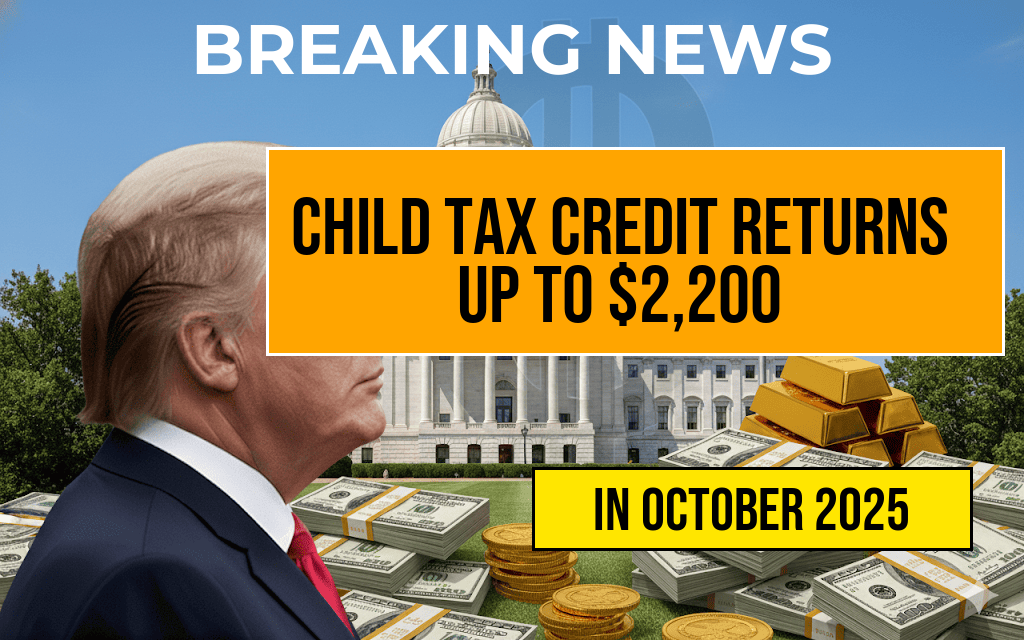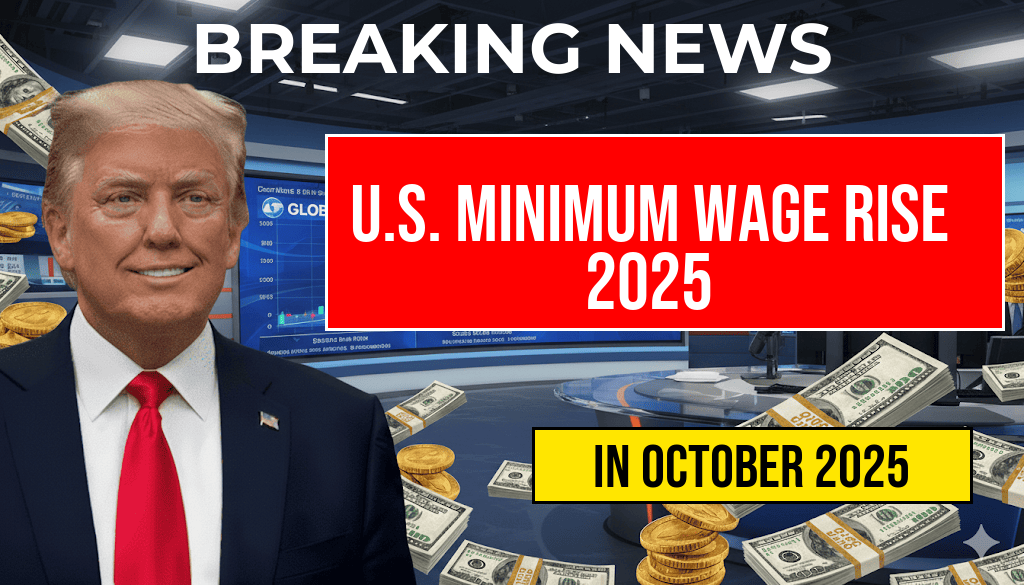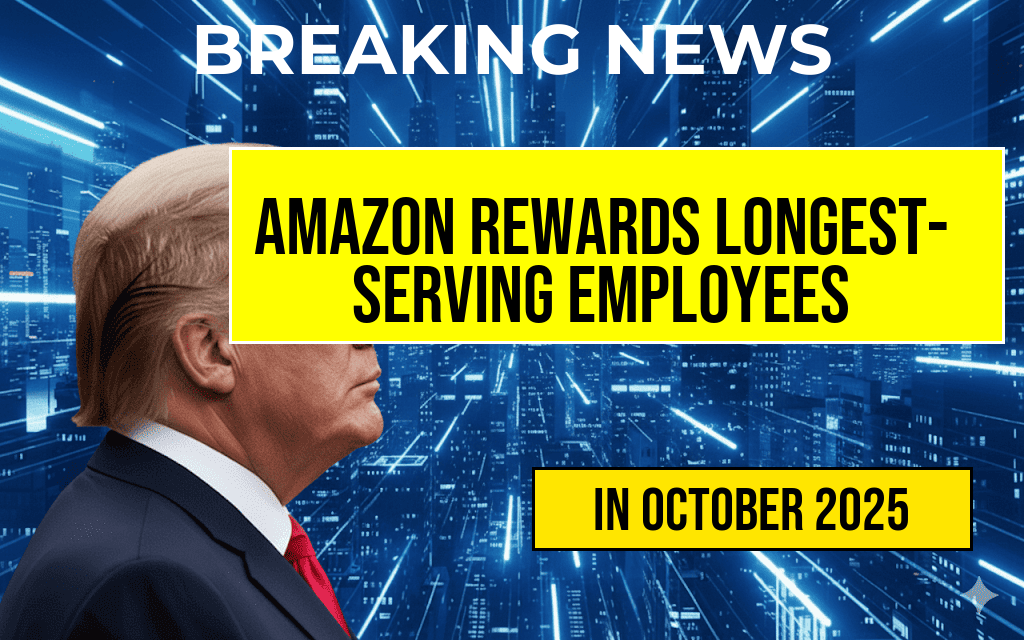The United States is set to implement a nationwide increase in the federal minimum wage, effective October 4, 2024, impacting millions of workers across various sectors. The new minimum rate will rise to $15.00 per hour, marking a significant milestone after years of debate over wage standards. This adjustment comes amid ongoing economic recovery efforts and aims to address inflationary pressures that have affected low-wage earners. Several states and cities also announced their own scheduled increases, which will supplement the federal baseline, creating a patchwork of different pay rates across the country. Employers, employees, and policymakers are closely watching the changes for potential impacts on employment, business operations, and income inequality.
Federal Minimum Wage Adjustment and State Variations
Details of the Federal Increase
The federal minimum wage, which has remained at $7.25 per hour since 2009, will see a mandated increase to $15.00 per hour starting October 4, 2024. This change follows the Fair Minimum Wage Act of 2007, which set the stage for gradual increases tied to inflation and legislative action. The new rate applies to most workers covered by federal law, including those in industries such as retail, hospitality, and federal contractors.
| Year | Minimum Wage |
|---|---|
| 2009–2023 | $7.25 |
| 2024 (effective October 4) | $15.00 |
State and Local Wage Policies
Many states and cities have established their own minimum wages, often surpassing the federal standard. For instance, as of October 2024, California’s minimum wage is set at $16.20 per hour for large employers, while New York’s rate varies between $14.20 to $15.00 depending on the region and employer size. These local increases are legislated independently, reflecting regional economic conditions and political priorities.
States like Washington, Massachusetts, and Colorado have already implemented or are scheduled to implement higher minimum wages well above the federal baseline. Details of such policies can be found on state labor department websites and the U.S. Department of Labor’s wage and hour division.
Economic Impacts and Stakeholder Reactions
Employer Perspectives
Business groups express mixed reactions, citing concerns over increased labor costs, potential reductions in workforce hours, or automation investments. Small businesses, in particular, worry about the financial strain of paying higher wages amid ongoing economic uncertainties. Conversely, many advocates argue that higher wages will boost consumer spending, reduce employee turnover, and stimulate local economies.
Worker Benefits and Challenges
- Income boost: An increase to $15 per hour can significantly improve earnings for low-wage workers, many of whom live paycheck to paycheck.
- Cost of living adjustments: The raise aims to better align wages with inflation and increased living costs, especially in urban centers.
- Potential employment effects: Some studies suggest modest employment declines with minimum wage hikes, though recent research indicates that these effects are often minimal or offset by increased consumer demand.
Broader Policy Context and Future Outlook
Legislative and Political Landscape
The push for a $15 minimum wage has been a central issue within labor policy debates, with supporters emphasizing economic justice and critics raising concerns over potential job losses. While the federal increase signals a significant policy shift, some states are considering further enhancements or alternative approaches, such as indexing wages to inflation or implementing regional minimum wages based on cost of living indices.
Additional Resources
- Wikipedia: Minimum wage in the United States
- Forbes: How the 2024 Minimum Wage Increases Will Impact Businesses and Workers
- U.S. Department of Labor: Minimum Wage Laws
Frequently Asked Questions
What is the new minimum wage rate effective October 4, 2025?
The U.S. minimum wage will increase to $15.00 per hour starting October 4, 2025, marking a significant update in federal pay standards.
Which states and cities are impacted by this minimum wage increase?
The minimum wage increase applies across the United States, affecting federal workers and employees in states and cities that follow or have set their own higher minimum wages aligned with the federal update.
Why is the minimum wage increase happening in 2025?
The increase is part of a scheduled adjustment based on inflation and economic factors, ensuring wages keep pace with the cost of living and support workers’ financial well-being.
How does this update affect employers and employees?
Employers are required to comply with the new $15.00 per hour minimum wage from October 4, 2025, benefiting employees by ensuring fairer compensation and improved earning potential.
Are there any exceptions or specific conditions regarding the wage increase?
Yes, certain exceptions may apply based on industry, job type, or state-specific laws. Employers should review applicable regulations to ensure compliance with the updated minimum wage.










